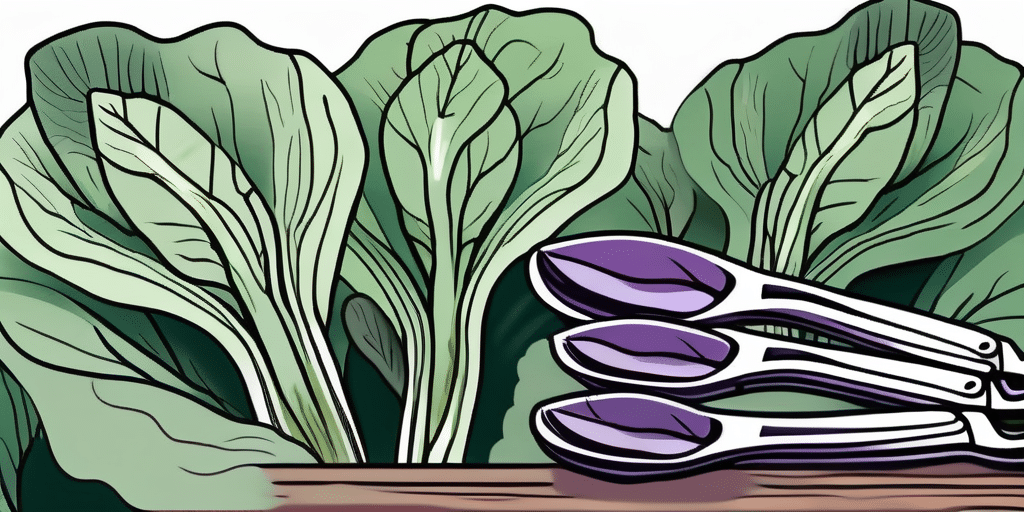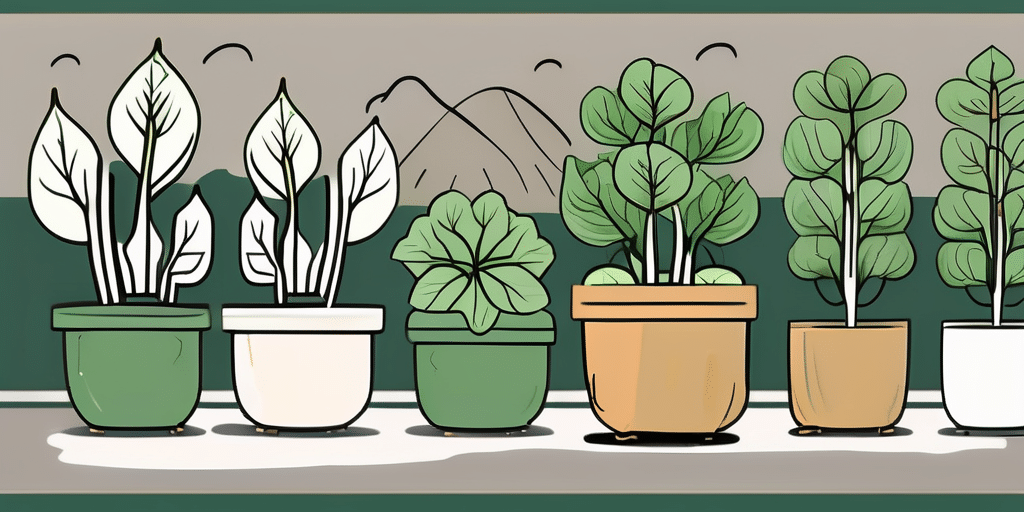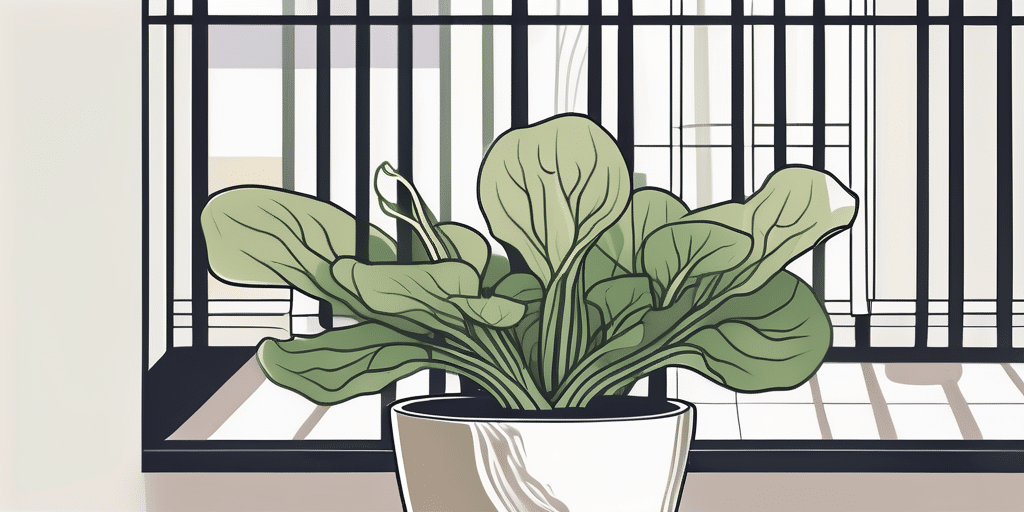Bok Choy, also known as Chinese cabbage, is a popular leafy green vegetable that is a staple in many Asian cuisines. It’s not only delicious, but also packed with nutrients such as vitamins A, C, and K, and is a good source of calcium, magnesium, potassium, manganese, and iron. But did you know that you can easily grow Bok Choy in your own garden? In this guide, we’ll take a deep dive into the process of transplanting Bok Choy, including the best times to do so and the steps involved.
Understanding Bok Choy
Bok Choy belongs to the Brassica family, which includes other nutrient-dense vegetables like broccoli, kale, and Brussels sprouts. It’s a cool-season crop, which means it grows best in the spring and fall when temperatures are cooler. Bok Choy is a biennial plant, but it’s typically grown as an annual for its tasty leaves and stalks.
According to the USDA, Bok Choy is a hardy plant that can tolerate light frost, but it doesn’t do well in hot weather. When exposed to high temperatures, Bok Choy can bolt, or prematurely go to seed, which makes the leaves bitter and less palatable.
When to Transplant Bok Choy
The timing of when to transplant Bok Choy largely depends on the season and your local climate. As a cool-season crop, Bok Choy prefers temperatures between 55 and 70 degrees Fahrenheit. Therefore, the best times to transplant Bok Choy are in the early spring or early fall.
According to the University of Minnesota Extension, if you’re transplanting Bok Choy in the spring, you should do so 2-3 weeks before the last expected frost date. For a fall harvest, transplant Bok Choy 6-8 weeks before the first expected frost date.
How to Transplant Bok Choy
Preparing the Soil
Before transplanting Bok Choy, it’s important to prepare the soil properly. Bok Choy prefers well-drained soil with a pH between 6.0 and 7.5. According to the Penn State Extension, you should also enrich the soil with compost or a balanced fertilizer to provide the necessary nutrients for the plants.
To prepare the soil, follow these steps:
- Remove any weeds or debris from the planting area.
- Till the soil to a depth of 8-12 inches to loosen it up.
- Add compost or a balanced fertilizer and mix it into the soil.
- Smooth the soil surface with a rake.
Transplanting the Seedlings
Once the soil is prepared, you’re ready to transplant the Bok Choy seedlings. Here are the steps to follow:
- Water the seedlings well a few hours before transplanting to reduce transplant shock.
- Dig a hole in the soil that’s large enough to accommodate the root ball of the seedling.
- Place the seedling in the hole, making sure the top of the root ball is level with the soil surface.
- Backfill the hole with soil, firming it around the base of the seedling.
- Water the seedling thoroughly after transplanting.
Caring for Transplanted Bok Choy
After transplanting, Bok Choy requires regular care to grow well. This includes watering, fertilizing, and protecting the plants from pests and diseases.
Bok Choy needs regular watering, especially during dry spells. According to the Missouri Botanical Garden, you should aim for at least 1 inch of water per week, either from rainfall or irrigation.
As for fertilizing, Bok Choy benefits from a balanced fertilizer applied every 2-3 weeks. The Michigan State University Extension recommends a 10-10-10 fertilizer, which provides equal amounts of nitrogen, phosphorus, and potassium.
Bok Choy can be susceptible to pests like cabbage worms and aphids, as well as diseases like clubroot and black rot. To protect your plants, monitor them regularly and take action at the first sign of trouble. This could include using organic pesticides or practicing crop rotation.
Harvesting Bok Choy
With proper care, Bok Choy can be ready to harvest in as little as 45-60 days after transplanting. To harvest, simply cut the entire plant at soil level. Alternatively, you can harvest individual leaves as needed, allowing the rest of the plant to continue growing.
According to the Oregon State University Extension, Bok Choy can be stored in the refrigerator for up to a week. To preserve the freshness, wrap the Bok Choy in a damp paper towel and place it in a plastic bag before refrigerating.
With its crisp texture and mild flavor, Bok Choy is a versatile vegetable that can be used in a variety of dishes. Whether you stir-fry it, steam it, or use it in soups, Bok Choy is a delicious and nutritious addition to your meals.
So why not give growing Bok Choy a try? With the right timing and care, you can enjoy fresh, homegrown Bok Choy right from your own garden.
Join Our Green-Thumbed Community!
Ready to turn your Bok Choy success into a flourishing garden? Subscribe for free to How to Grow Everything and learn how to build the garden of your dreams! Receive personalized gardening advice tailored to your location, grow zone, and experience level. Enjoy the best gardening tips, special offers, and deals delivered straight to your inbox—100% free, from our family to yours. No spam, just the support you need to grow everything!






